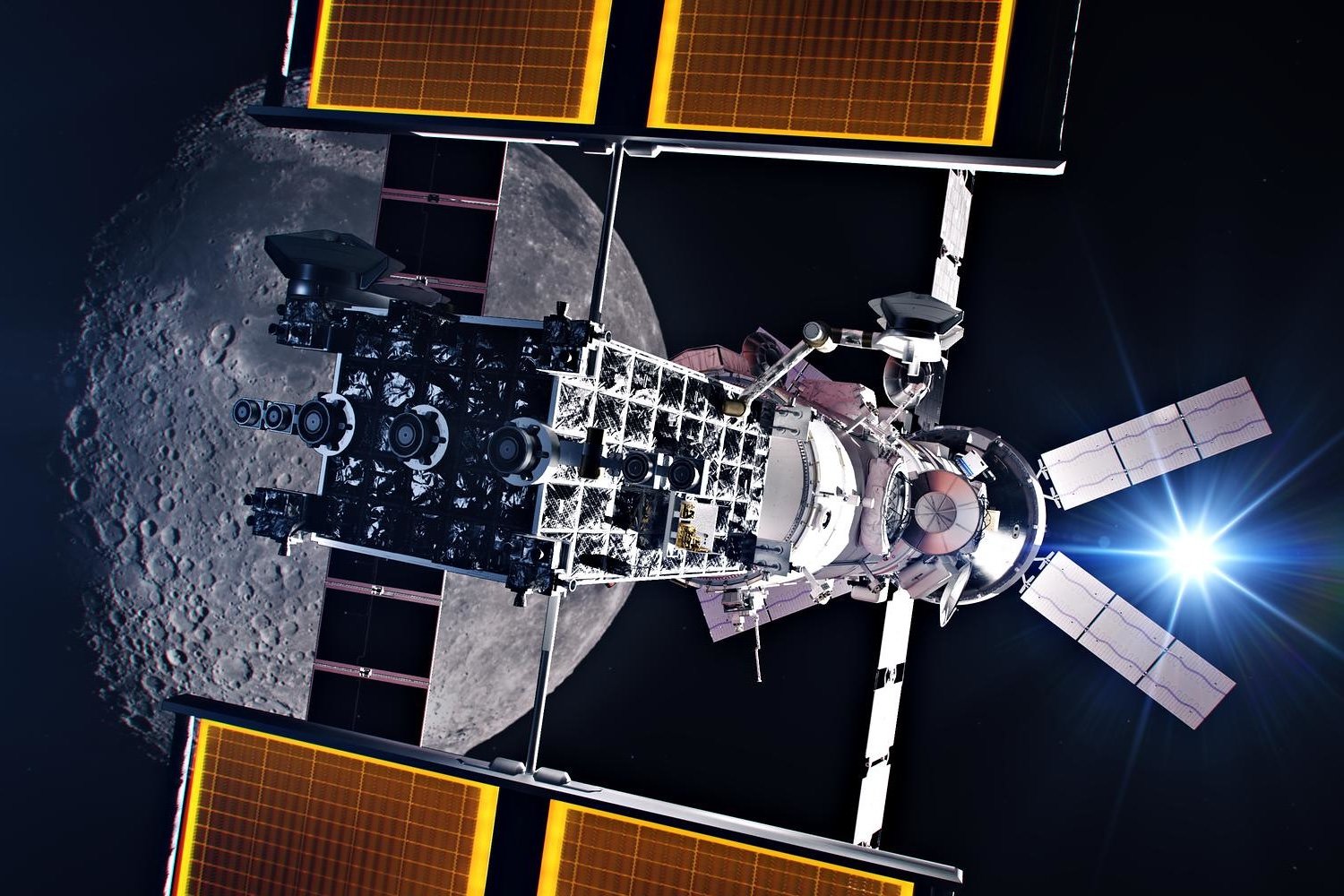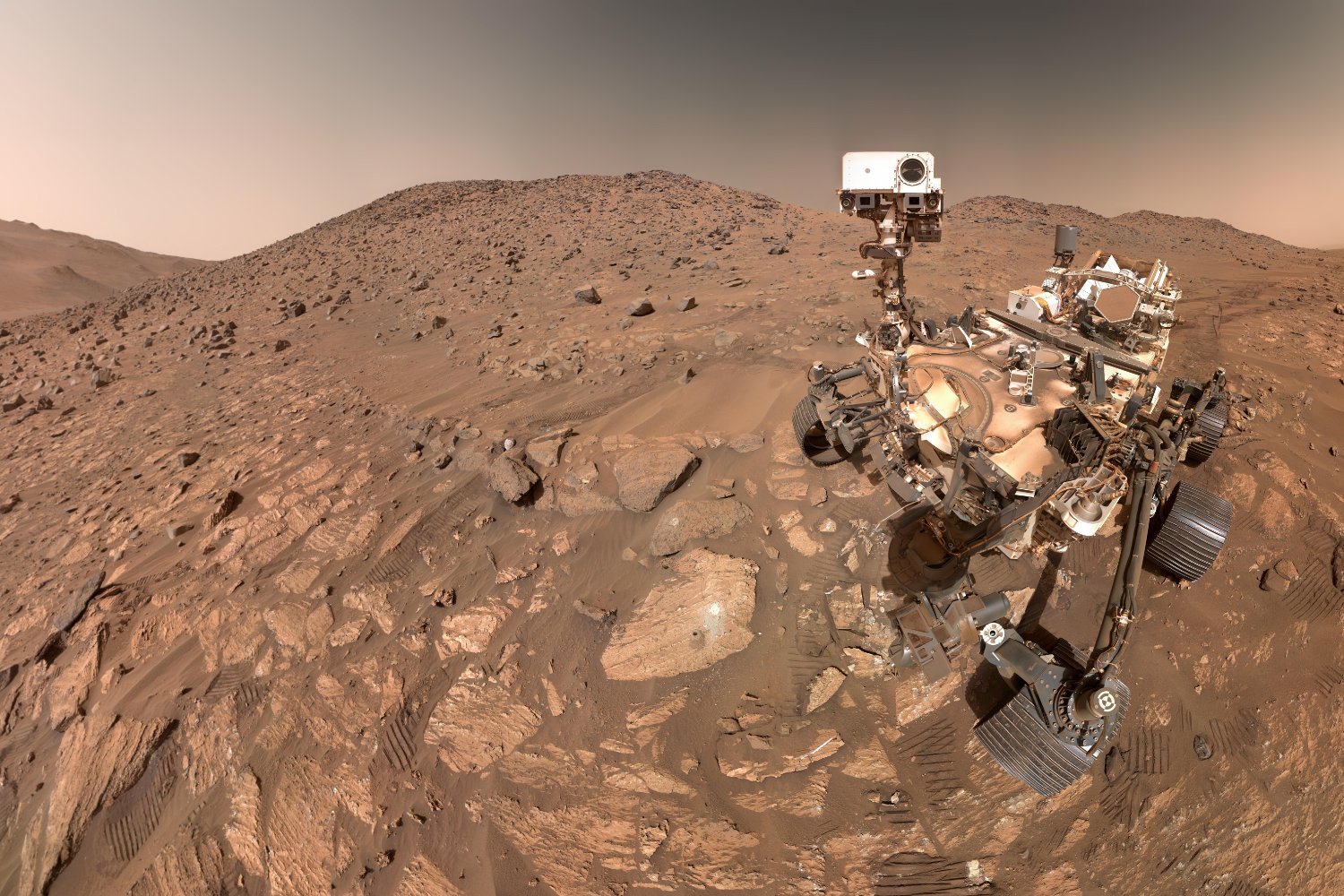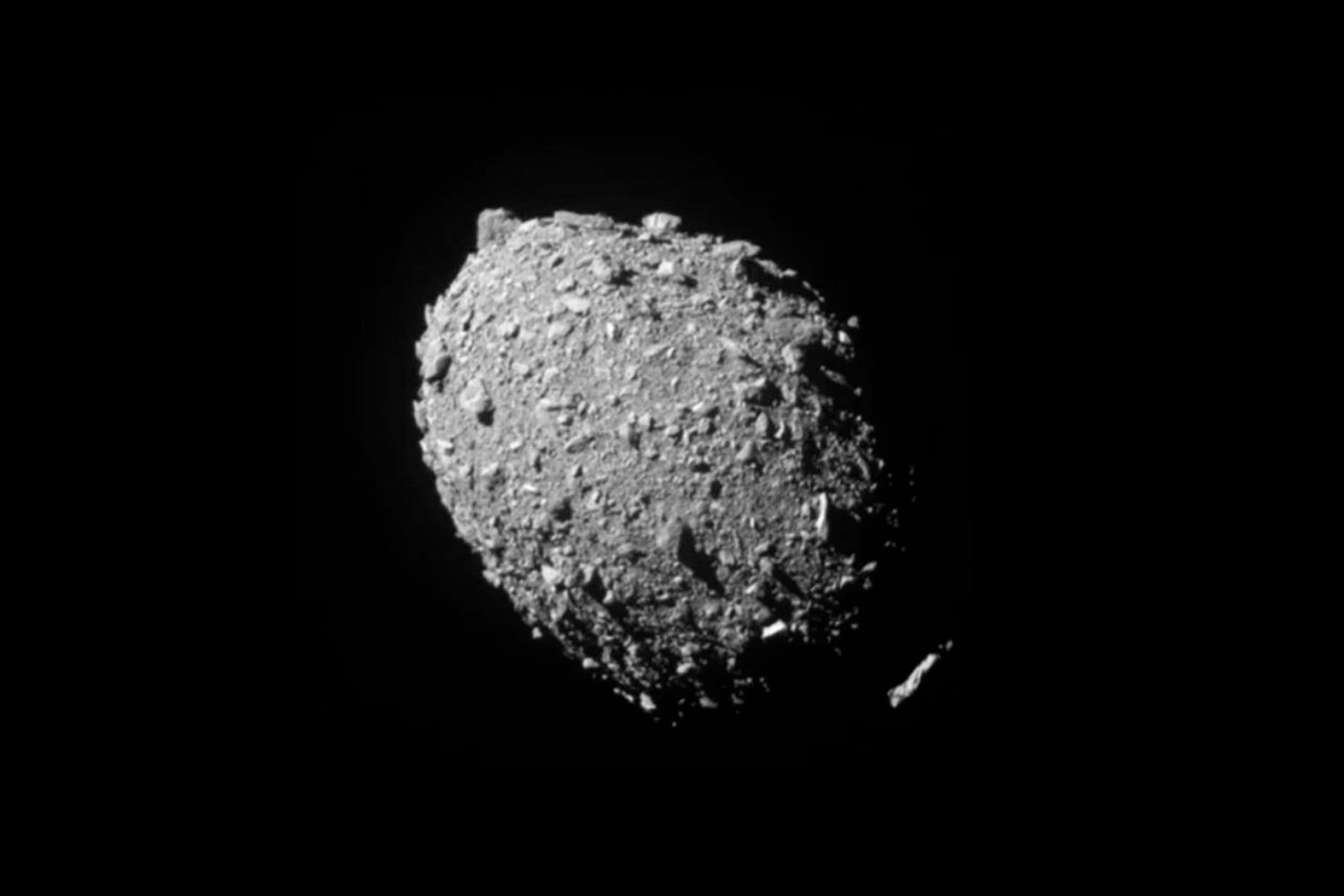NASA’s Lunar Gateway is facing some serious challenges ahead of its launch: The orbital outpost may be unable to support large visiting vehicles such as SpaceX’s Starship, which is 18 times more massive than what the Gateway can support as currently designed.
The Lunar Gateway, a home for astronauts around the Moon, is a key element of NASA’s plans to return to the lunar surface and establish a sustainable human presence at Earth’s biggest satellite. NASA wants to launch its Gateway in late 2027 and have it ready for use by the crewed Artemis 4 mission, which is currently scheduled for liftoff in September 2028. That’s a tight schedule, which means any setbacks could put multiple missions at risk.
A new report from the U.S. Government Accountability Office suggests there may be a serious obstacle: Spacecraft such as SpaceX’s lunar Starship, which is designed to transfer astronauts from lunar orbit to the surface of the Moon, may be too big to dock with the Gateway. The report says that, should Starship and other large vehicles dock with the Gateway, they could affect its ability to stay in the right orbit and pointing in the right direction. That in turn would disrupt communications with the Lunar Gateway and prevent other vehicles from being able to dock.
According to the report, the mass of Starship is 18 times greater than the value NASA used to develop the controllability parameters of the gateway’s power and propulsion element (PPE). Program officials are assessing ways to mitigate the risks involved with the docking of large vehicles, including having the visiting spacecraft fire their thrusters to share some control with the PPE when docked to the Lunar Gateway.
Even if they find a resolution that works for Moon missions, the issue poses a greater risk to the Gateway’s ability to support future missions to Mars. The Lunar Gateway has been touted as a way for NASA to chart a path for the first human missions to Mars, by acting as a staging area for spacecraft on their way to the Red Planet. Its difficulty in hosting large vehicles, however, could throw those plans for a loop. Moreover, the Gateway is designed for a 15-year lifecycle, which means it could be wrapping up its time in space just when missions to Mars are just starting to kick off.
The report also points out that the Lunar Gateway, which has a baseline cost estimate of $5.3 billion, faces scheduling risks. In order to begin operations for the Gateway, NASA needs to pull off a complicated series of events across seven of its programs, as well as the different contractors that support those programs, according to the GAO report. The Gateway needs to be in orbit a year before the launch of Artemis 4, but the report found that its current baseline capability is to launch in December 2027, three months behind schedule.
NASA has described the Lunar Gateway as “central to advancing and sustaining human space exploration goals” and “the unifying single stepping off point in our architecture for human cislunar operations, lunar surface access and missions to Mars.” At one-sixth the size of the International Space Station, the Gateway is designed to provide support for crewed missions to the surface of the Moon, a platform for performing science in lunar orbit, and a staging point for deploying deep space missions, including robotic probes for studying nearby asteroids and comets.
The report suggests that NASA’s undertaking of the Gateway is overly complex and that it may not be able to fulfill one of its primary goals, which is to support future missions to Mars. It’s a bad sign for a project that’s key to NASA’s ambitions over the next decade and beyond.
For more spaceflight in your life, follow us on X and bookmark Gizmodo’s dedicated Spaceflight page.














